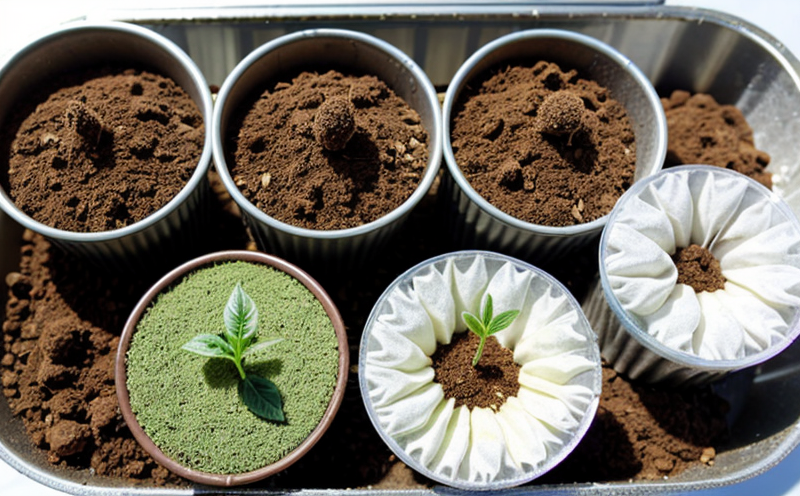Seed Coat Thickness Measurement Testing
The measurement of seed coat thickness is a critical aspect in agriculture and forestry testing. Seed coats play an essential role in protecting the embryo inside the seed, regulating moisture absorption, and influencing germination rates under various conditions. Understanding the seed coat's physical characteristics can significantly impact crop yield, quality, and adaptability to different environmental stresses.
In agriculture, this testing ensures that seeds meet specific standards for planting in diverse environments. For instance, seeds with optimal thickness are less prone to damage during handling and storage, which is crucial for maintaining germination rates throughout the supply chain. In forestry, accurate measurement of seed coat thickness aids in selecting species suitable for specific forest conditions such as soil type, water availability, and climate.
The testing process typically involves preparing seeds by removing their coats carefully without affecting the inner structure. Various instruments can measure the thickness, including electronic microscopes and calipers designed specifically for this purpose. The results are then compared against established international standards like ISO 3682-1:2015 to ensure consistency.
Accurate measurements of seed coat thickness help in breeding programs aimed at developing hardier varieties with enhanced resistance against pathogens and pests while also improving germination under challenging conditions.
Why It Matters
The importance of seed coat thickness cannot be overstated, especially considering its influence on several key factors:
- Germination Rates: Thicker coats can sometimes impede water penetration required for germination.
- Sprouting Speed: Thin coats allow quicker hydration and sprouting times which are beneficial in quick-response agricultural practices.
- Plant Health: Properly measured thickness ensures that the embryo within receives adequate nutrients necessary for healthy growth.
Understanding these aspects through precise measurement allows growers to make informed decisions about which seeds to plant, thereby optimizing resource use and enhancing productivity. This precision also supports sustainable agricultural practices by minimizing waste and maximizing output per unit area.
Industry Applications
| Application Area | Description |
|---|---|
| Crop Breeding Programs: | Developing new varieties with desired coat thickness for improved performance under specific growing conditions. |
| Agronomy Research: | Evaluating the impact of different seed coats on crop yield and stress tolerance. |
| Seed Quality Control: | Ensuring that seeds sold meet specified thickness criteria to maintain product integrity. |
| Forestry Practices: | Selecting appropriate species based on seed coat characteristics for various forest types. |
These applications highlight the role of accurate seed coat thickness measurement in both agricultural and forestry sectors, emphasizing its relevance across multiple domains within these industries.
Customer Impact and Satisfaction
- Increased Productivity: By selecting seeds with optimal coat thickness, farmers can expect higher yields from their crops.
- Better Resource Management: Precise measurements help in optimizing the use of water, fertilizer, and other inputs leading to cost savings.
- Enhanced Marketability: Consistently meeting quality standards improves brand reputation among consumers.
- Sustainability: The ability to grow crops more efficiently contributes positively towards environmental conservation efforts.
Clients benefit from these outcomes, leading to increased satisfaction levels and loyalty towards suppliers offering reliable seed coat thickness measurement services.





